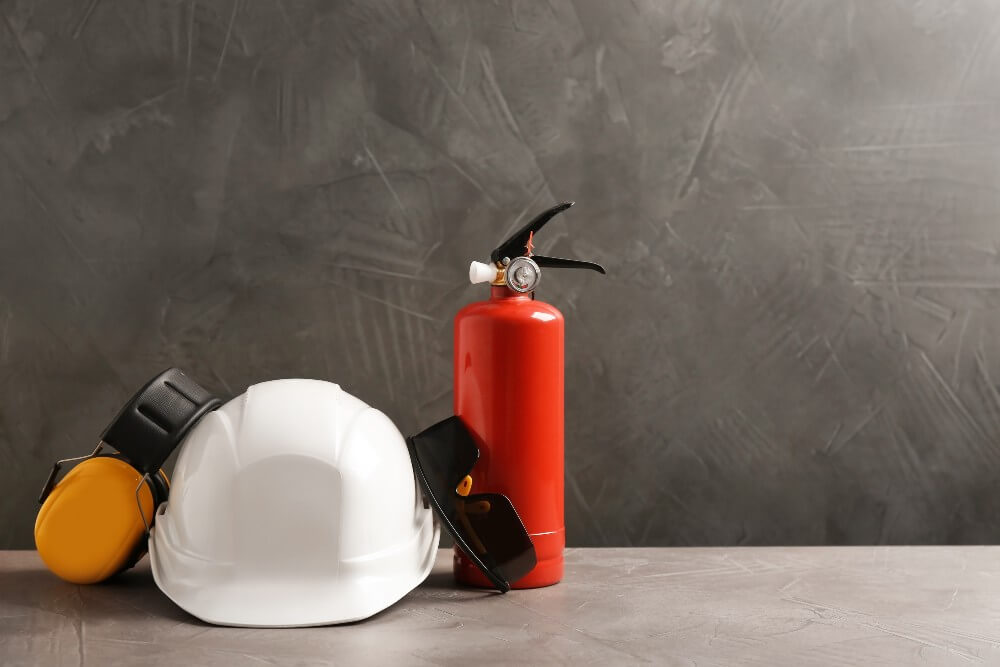New Fire Safety Regulations Now in Force
As of 23 January 2023, the Fire Safety (England) Regulations 2022 entered force. The regulations introduce a number of important changes to fire safety law in England and Wales, putting substantial new legal obligations onto those responsible for managing multi-occupational buildings in England.
For managing agents, resident directors and anyone else with responsibility for fire safety in buildings containing two or more residences, it is critical to understand the legal requirements. Failure to properly fulfil these obligations is a criminal offence which could lead to serious legal consequences, as well as potentially placing residents at risk.
The following article gives a general overview of the regulations but should not be taken as legal advice. If you are responsible for fire safety in a residential property, you should speak to a member of our team for specific legal guidance.
To what properties do the regulations apply?
The regulations apply to all multi-occupied residential buildings regardless of height if they contain a minimum of two domestic premises. The regulations cover the building’s structure and external walls, as well as all doors connecting domestic premises with common parts of the building e.g. hallways.
Who is legally responsible for fire safety in multi-occupational properties?
Who is legally responsible for fire safety will depend on the situation. For residential properties, it will be the person in control of the building. The person with legal responsibility is known as the ‘responsible person’.
What obligations do responsible persons have under the Fire Safety (England) Regulations 2022?
Responsible persons will be required to provide certain information and safety features, as well as carrying out regular fire safety checks in buildings that fall within the regulations.
Fire safety information requirements
For all multi-occupational buildings, the requirements are:
- Fire safety instructions – Information on the building’s evacuation strategy, what residents must do in the event of a fire and how to report a fire to the fire and rescue authority. This must be readily accessible in a visible part of the building.
- Fire door guidance – Explaining the importance of fire doors and their proper use (e.g. that they must be kept shut) and the requirement to report any faults or damage to fire doors.
Existing residents must be provided with this information by January 2024 and new residents as soon as is practicable.
For multi-occupancy buildings over 18 metres in height, responsible persons must also provide:
- A record of the design of the building’s external walls – To include details of the materials used in their construction and the level of risk the external walls present.
- Floor plans – Identifying the locations of all lifts, clearly showing whether each lift is for the use of firefighters or the evacuation of residents in the event of a fire.
- Building plan – Including the use of the building, its dimensions, number of storeys, where the secure information box is located and access for fire and rescue workers.
- Electronic records – Details of the external walls’ design and materials, as well as the building plans must be provided to fire and rescue authorities in the form of electronic documents.
Safety feature requirements
For multi-occupancy buildings over 18 metres in height, responsible persons must ensure the following safety features are in place:
- Secure information boxes – Containing the name and contact details of the building’s responsible person, as well as hard copies of the floor plan of the building. This box must be checked annually to ensure it meets current regulatory requirements.
- Wayfinding signage – To include clear signage identifying floor numbers and domestic premises (if there is limited visibility).
Safety check requirements
For multi-occupancy buildings over 11 metres in height, responsible persons must carry out:
- Annual checks on flat entrance fire doors
- Quarterly checks on fire doors in communal areas
For buildings over 18 meters in height, they must also carry out the following:
- Monthly lift checks – For those to be used by firefighters and for evacuation purposes.
- Monthly fire-fighting equipment checks – For all essential equipment.
The details of these checks must be recorded and any faults reported within 24 hours.
Speak to our property management experts
If you are the responsible person for a multi-occupational residential property, you should make sure that you fully understand your obligations under the Fire Safety (England) Regulations 2022. This will help to ensure you are keeping the residents safe and minimising the risk of any breach of your regulatory duty.
At Longmores, we offer specialist property management advice for management companies, managing agents and landlords. We can provide clear, practical advice on the steps you need to take to achieve and maintain regulatory compliance, as well as supporting you with any other property management issues you are facing.
To discuss how we can help with your property management requirements, please get in touch, and we will be happy to advise.

